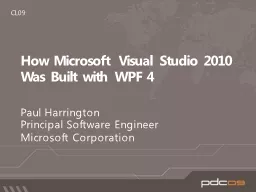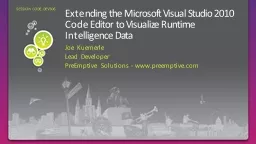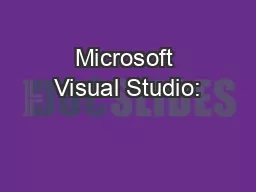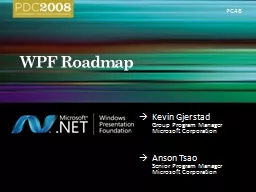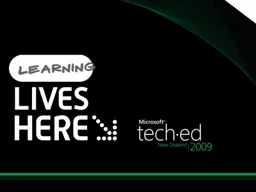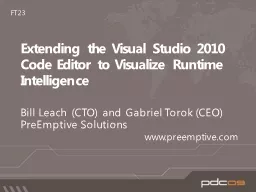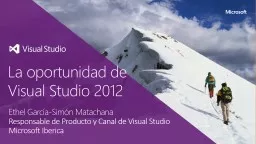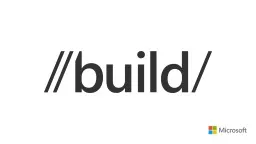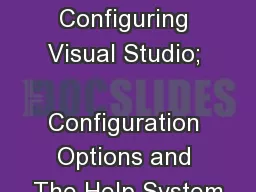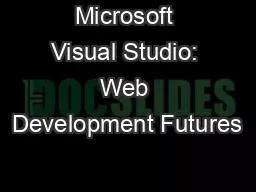PPT-How Microsoft Visual Studio 2010 Was Built with WPF 4
Author : myesha-ticknor | Published Date : 2016-06-10
Paul Harrington Principal Software Engineer Microsoft Corporation CL09 Why What How Who Why WPF What WPF features are used How was it built Who was involved Why
Presentation Embed Code
Download Presentation
Download Presentation The PPT/PDF document "How Microsoft Visual Studio 2010 Was Bui..." is the property of its rightful owner. Permission is granted to download and print the materials on this website for personal, non-commercial use only, and to display it on your personal computer provided you do not modify the materials and that you retain all copyright notices contained in the materials. By downloading content from our website, you accept the terms of this agreement.
How Microsoft Visual Studio 2010 Was Built with WPF 4: Transcript
Download Rules Of Document
"How Microsoft Visual Studio 2010 Was Built with WPF 4"The content belongs to its owner. You may download and print it for personal use, without modification, and keep all copyright notices. By downloading, you agree to these terms.
Related Documents

